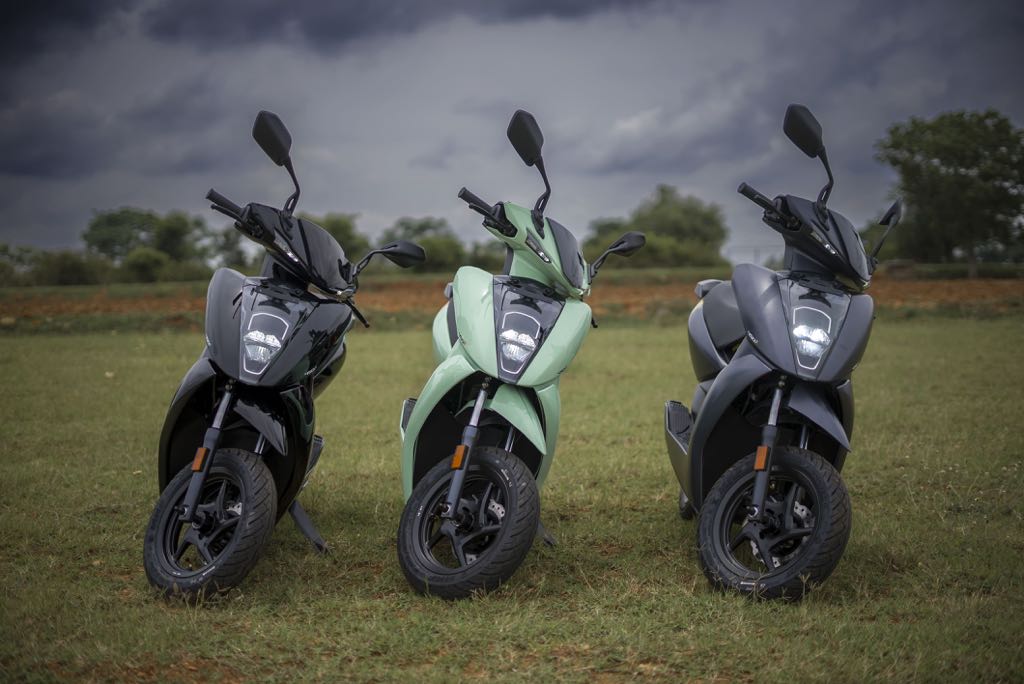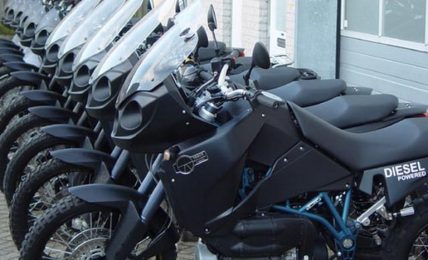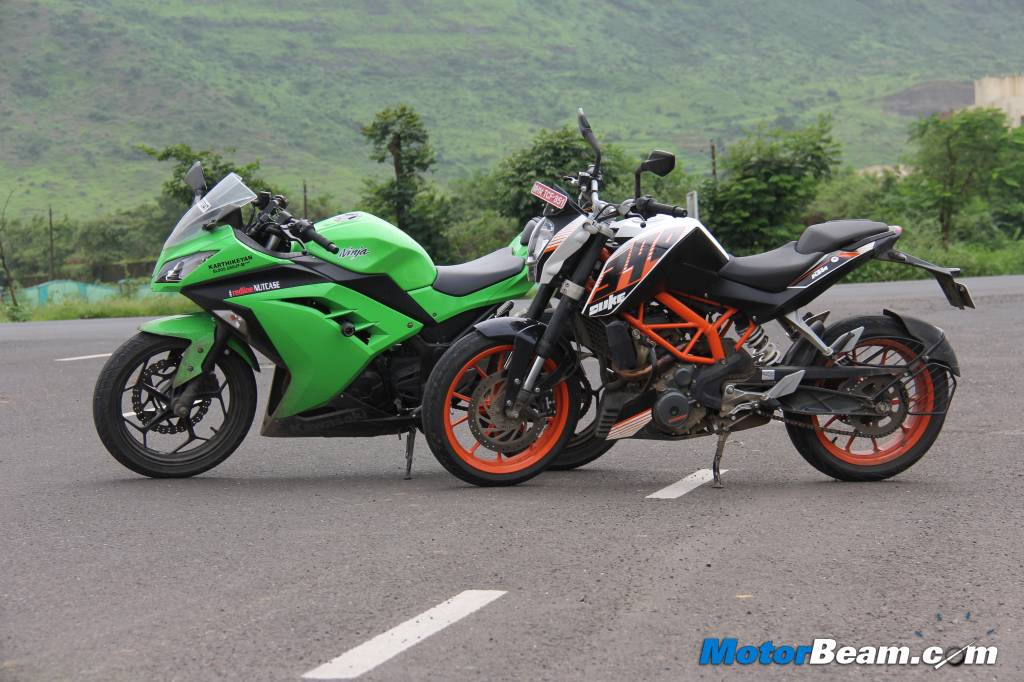
Indian govt not keen to introduce third phase of FAME subsidy
As the Indian government contemplates the end of subsidies for electric two-wheelers in the coming weeks, the fate of the electric vehicle market hangs in the balance. The decision not to introduce the third phase of the Faster Adoption and Manufacturing of Electric Vehicles (FAME III) scheme, championed by the heavy industries ministry, has sparked debates within different wings of the government.
Earlier this year, the finance ministry opposed the plan to continue subsidies, leading to a reduction that temporarily impacted the demand for electric two-wheelers. However, recent trends suggest a stabilisation in demand, prompting government officials to argue that the shift to cleaner-fuel vehicles will occur organically, driven by the economic advantages of running them despite the higher initial costs.
As FAME II, which supports two-wheelers, three-wheelers and four-wheelers used for public transport, nears its end, the government aims to provide subsidies to around 10 lakh two-wheelers. This renewed commitment follows the reallocation of funds due to increased demand from local players, even though the heavy industries ministry’s more ambitious FAME III plan lacked widespread support.
Simultaneously, the government is exploring alternative strategies to promote electric vehicles, including a potential new scheme to incentivise high-end electric car manufacturers like Tesla to establish production facilities in India. This scheme is currently under discussion and might involve a production-linked incentive mechanism or a phased manufacturing plan.
However, concerns about irregularities under FAME II, coupled with the government’s hesitancy to extend support, have influenced the decision not to introduce FAME III. Despite this uncertainty, electric two-wheeler demand has experienced a surge in the southern and western regions of the country. Manufacturers are optimistic that a fresh impetus, possibly in the form of continued subsidies or an alternative incentive program, could expand the footprint of electric two-wheelers nationwide.
Notably, the uneven demand across different regions, with lower interest in the North and East, underscores the need for targeted initiatives to boost awareness and adoption. Manufacturers are hopeful that renewed support will coincide with the ongoing investment in charging infrastructure, contributing to a more significant pan-India presence for electric two-wheelers.




